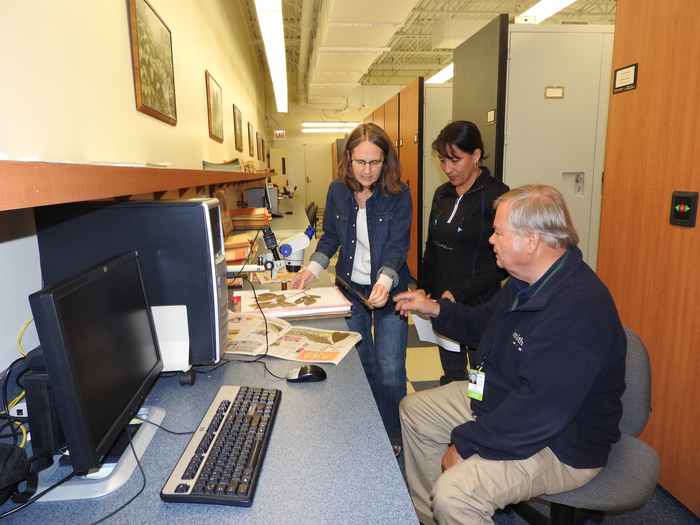
The native Machiguenga people of southeastern Peru have long been familiar with a tree that has for decades stumped the scientists trying to identify it. The tree has finally been recognized as a new species.
Scientist Robin Foster happened upon the strange tree in the Amazon rainforest region of Peru, east of Machu Picchu, in 1973 but was unable to identify it. His peers were equally mystified by the samples he took of its leaves and tiny fruit. Until now, no one in the scientific community had been able to identify it or establish it as a new species.
Appearing in the journal Taxon, a new study revealed details of the mystery plant’s DNA, allowing scientists to establish its place among the many families of trees. “When I first saw this little tree,” said Foster, “it was the fruit — looking like an orange-colored Chinese lantern and juicy when ripe with several seeds — that caught my attention.”
Foster, who is now retired from Chicago’s Field Museum and from the Smithsonian Tropical Research Institute, said the tree has “characteristics of plants in several different plant families,” which is why he could not classify it when he found it.

DNA analysis determined that the mystery plant’s closest relatives were in the Picramniaceae family. At first, botanists found that it didn’t look anything like its closest relatives. “Looking closer at the structure of the tiny little flowers I realized, oh, it really has some similarities, but given its overall [characteristics], nobody would have put it in that family,” said Nancy Hensold, a botanist at the Field Museum.
More than 30 years ago, Foster showed her a dried specimen, which defied identification as its DNA could not be analyzed. “It really bugged me,” Hensold said.
The dried specimen remained at the Field Museum’s library of dried plants for years. Still intrigued by the mystery, the team of researchers finally won a grant to go on a hunt for the source.
The team approached scientist Patricia Álvarez-Loayza at Peru’s Manu National Park, where the mystery tree was first spotted. Álvarez-Loayza provided a fresh specimen that was analyzed at the Field Museum’s Pritzker DNA Laboratory. “When my colleague Rick Ree sequenced it and told me what family it belonged to, I told him the sample must have been contaminated. I was like, no way. I just couldn’t believe it,” said Hensold.

Specimens were then sent to Wayt Thomas, an expert on the Picramniaceae family of trees and lead author of the study. Thomas agreed that the specimens did not resemble anything seen in that family but decided to take another look. “Once I looked really carefully at the tiny 2–3-millimeter-long flowers, things fell into place,” he said.
On discovering the plant’s family, the team was able to give it a scientific name: Aenigmanu alvareziae. The genus name, Aenigmanu, means “enigma of Manu,” and the species name recognizes Álvarez-Loayza as the collector of the live specimens for genetic analysis.
The researchers hope that giving Aenigmanu alvareziae its name might help protect the Amazon from deforestation and the effects of climate change. “Giving [trees] unique names is the best way to organize information about them and call attention to them. A single rare species may not, by itself, be important to an ecosystem, but collectively, they tell us what is going on out there,” said Foster.
Edited by Siân Speakman and Kristen Butler
The post ‘Mystery Plant’ Finally Declared A New Species Decades After Its Discovery appeared first on Zenger News.
Recommended For You.



Be the first to comment